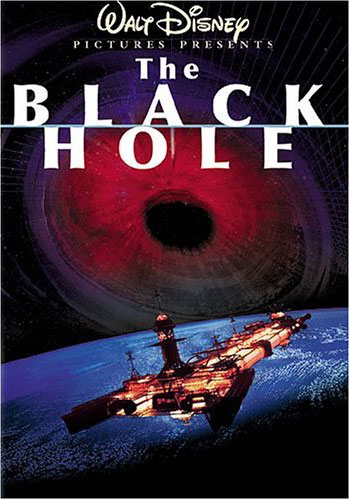 Best known to astronomical trivia buffs as the man who coined the term “black hole,” University of Texas physicist John A. Wheeler died this morning at the age of 96.
Best known to astronomical trivia buffs as the man who coined the term “black hole,” University of Texas physicist John A. Wheeler died this morning at the age of 96.
Wheeler “was legendary for his way with words, coining such terms as wormholes, quantum foam, black holes, and the wave function of the universe,” writes Wheeler’s former student and current University of Chicago physicist Daniel Holz over at Cosmic Variance. Wheeler’s scientific resume extended from quantum mechanics — he collaborated with Niels Bohr on early nuclear fission research — to cosmology, but he’s best known for his contributions to general relativity.
“For the first half-century of its life, general relativity was a theorist’s paradise, but an experimentalist’s hell. No theory was thought more beautiful, and none was more difficult to test.” That summary comes from the 1973 edition of Gravitation, the bible of relativity, written by Charles W. Misner and Kip S. Thorne — two former students of Wheeler’s — and, of course, the man himself.
The chapter concludes that relativity “has emerged from each of its tests unscathed — a remarkable 1973 tribute to the 1915 genius of Albert Einstein.” It’s a remarkable 2008 tribute as well, for relativity still reigns supreme.
Following the implications of relativity’s equations led physicists to ponder black holes. In 1939, J. Robert Oppenheimer and Hartland Snyder at the University of California, Berkeley, used them to show that when a big enough star runs out of fuel, it must collapse to densities so great even light cannot escape it. Moreover, the collapse continues forever.
At first, Wheeler fought the notion that a collapsing mass could cut itself off from communication with the rest of the universe. But, by the mid-1960s, intense theoretical work showed there was no way of avoiding these so-called “frozen stars.” In 1967, Wheeler hit on a more dramatic — yet scientifically justified — term: black hole.
By then, astronomers had already identified a candidate — now considered a confirmed — black hole. The object, named Cygnus X-1, is one of the brightest X-ray sources in the sky. The radiation arises as gas stolen from a blue supergiant streams onto a disk of matter gathered around a stellar-mass black hole. A few dozen such systems are known.
These are small-fry compared to their supermassive brethren at the cores of galaxies. The black hole at the Milky Way’s center weighs in at 3 to 4 million Suns.
But back to Wheeler. Those interested in hearing these developments in the physicist's own voice should consult his science autobigraphy, Geons, Black Holes, and Quantum Foam: A Life in Physics, written with Kenneth W. Ford (W. W. Norton & Co., 2000).